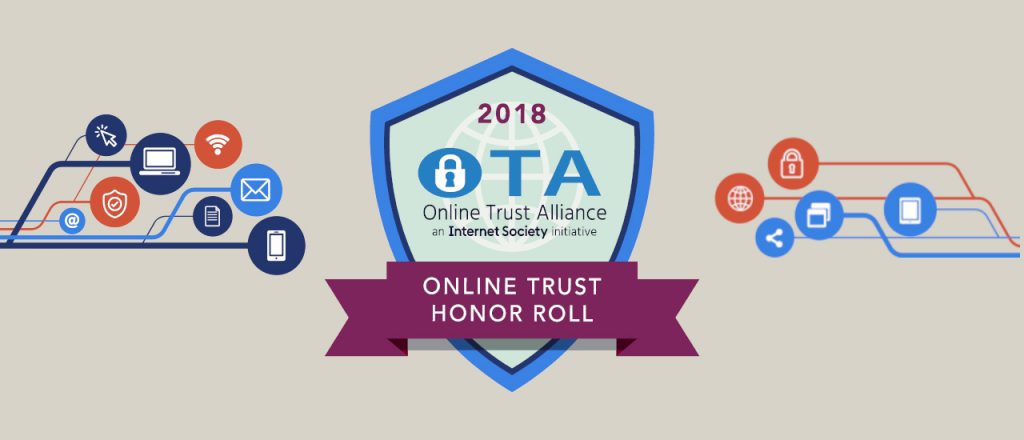Amazon CloudFront with WordPress as Infrastructure as Code
There are roughly a GAJILLION articles, blogs, and documents out there that explain how to setup Amazon CloudFront to work with WordPress.
Most of them are wrong in one or more ways.
There are roughly a GAJILLION articles, blogs, and documents out there that explain how to setup Amazon CloudFront to work with WordPress.
Most of them are wrong in one or more ways.

Live in New York on May 14
The post Gluware and Packet Pushers Live Event In New York – Please Join Us appeared first on EtherealMind.

Red Hat Ansible Tower 3.4.0 has added token authentication as a new method for authentication so I wanted to use this post to summarize the numerous enterprise authentication methods and the best use case for each. Ansible Tower is designed for organizations to centralize and control their automation with a visual dashboard for out-of-the box control while providing a REST API to integrate with your other tooling on a deeper level. We support a number of authentication methods to make it easy to embed Ansible Tower into existing tools and processes to help ensure the right people can access Ansible Tower resources. For this blog post I will go over four of Ansible Tower’s authentication methods: Session, Basic, OAuth2 Token, and Single Sign-on (SSO). For each method I will provide some quick examples and links to the relevant supporting documentation, so you can easily integrate Ansible Tower into your environment.
Session authentication is what’s used when logging in directly to Ansible Tower’s API or UI. It is used when a user wants to remain logged in for a prolonged period of time, not just for that HTTP request, i.e. when browsing the UI or Continue reading
 The company had inked 40 contracts for 5G commercial networks by the end of March.
The company had inked 40 contracts for 5G commercial networks by the end of March.
 With the expansion, customers will have access to fiber, broadband, 4G wireless, and 5G...
With the expansion, customers will have access to fiber, broadband, 4G wireless, and 5G...
Simplification is a constant theme not only here, and in my talks, but across the network engineering world right now. But what does this mean practically? Looking at a complex network, how do you begin simplifying?
The first option is to abstract, abstract again, and abstract some more. But before diving into deep abstraction, remember that abstraction is both a good and bad thing. Abstraction can reduce the amount of state in a network, and reduce the speed at which that state changes. Abstraction can cover a multitude of sins in the legacy part of the network, but abstractions also leak!!! In fact, all nontrivial abstractions leak. Following this logic through: all non-trivial abstractions leak; the more non-trivial the abstraction, the more it will leak; the more complexity an abstraction is covering, the less trivial the abstraction will be. Hence: the more complexity you are covering with an abstraction, the more it will leak.
Abstraction, then, is only one part of the solution. You must not only abstract, but you must also simplify the underlying bits of the system you are covering with the abstraction. This is a point we often miss.
Which returns us to our original question. The Continue reading

Last week we released the 10th Online Trust Audit & Honor Roll, which is a comprehensive evaluation of an organization’s consumer protection, data security, and privacy practices. If you want to learn more about this year’s results, please join us for our webinar on Wednesday, 24 April, at 1PM EDT / 5PM UTC. Today, though, we thought it would be interesting to see how the Audit and results have evolved over time. Here are some quick highlights over the years:
 The filing comes less than a year after Fastly’s latest funding round: a $40 million Series F...
The filing comes less than a year after Fastly’s latest funding round: a $40 million Series F...
Today is the day that most of the Cisco Live attendees are waiting for – the day that the schedule …
The post Cisco Live 2019 – Scheduler is LIVE appeared first on Fryguy's Blog.
Today's Network Break examines a $65 million investment in CloudGenix and what it says about the SD-WAN market, a new cloud-based packet processor from Nubeva, why Apple settled with Qualcomm just before trial, and more tech news.
The post Network Break 231: CloudGenix Loads Up On VC Cash For SD-WAN Fight; Apple Settles With Qualcomm appeared first on Packet Pushers.
Many tools we use in our work lives have customizations available that most simply don’t even look in to. In this Short Take, Russ makes the case for tool customization and how it can make you more efficient in your day to day tasks.
The post Short Take – Customizing Your World appeared first on Network Collective.

Change in direction: A story at CityLab.com examines why the state of Arkansas has moved to rescind a 2011 ban on community-financed broadband networks. The state is the least connected in the U.S., according to one group, and residents have complained about “lousy” broadband options.
White and male: The Artificial Intelligence too white and too male, according to research from the AI Now Institute at New York University. About 80 percent of AI professors are men, and just 15 percent of the AI research staff at Facebook and 10 percent at Google are women, notes a story on the research at The Verge. Racial minorities also make up a small percentage of AI staff at large tech vendors.
Comey vs. encryption: Former U.S. FBI Director James Comey, who pushed for ways for law enforcement agencies to break into encrypted devices while he was in government, now says he would have taken a different approach to the encryption debate, the Washington Post reports. Comey says it was “dumb” to launch the encryption debate by criticizing U.S. tech companies. However, he still believes law enforcement agencies need access to encrypted communications.
Censorship vs. disinformation: The Ukraine government Continue reading
We’ve reached the end of term again on The Morning Paper, and I’ll be taking a two week break. The Morning Paper will resume on Tuesday 7th May (since Monday 6th is a public holiday in the UK).
My end of term tradition is to highlight a few of the papers from the term that I especially enjoyed, but this time around I want to let one work stand alone:
You might also enjoy “The Mess We’re In,” and Joe’s seven deadly sins of programming:
We’re in an even bigger mess without you Joe. Thank you for everything. RIP.
 Karbon is an on-premises Kubernetes platform that combines storage, networking, observability, and...
Karbon is an on-premises Kubernetes platform that combines storage, networking, observability, and...

Like most business management truths, its plain wrong.
The post Boiling the Frog is a Falsehood appeared first on EtherealMind.